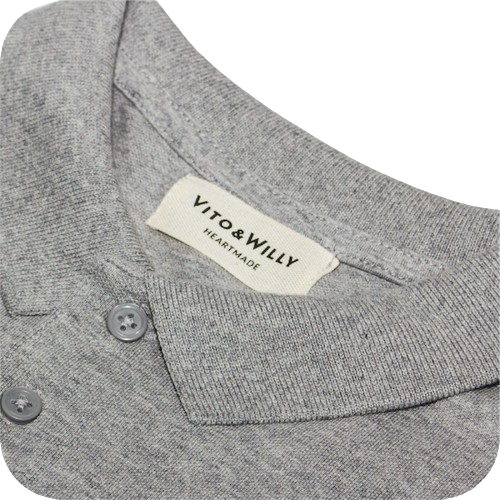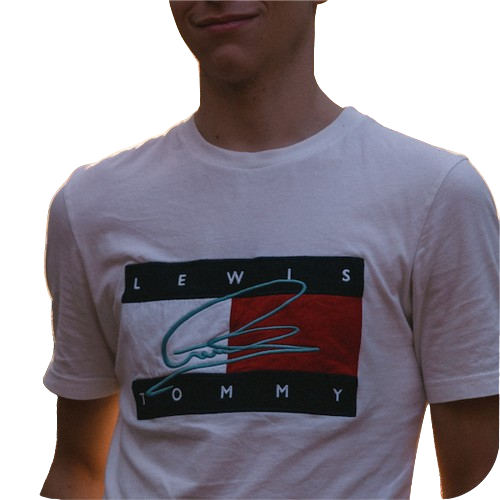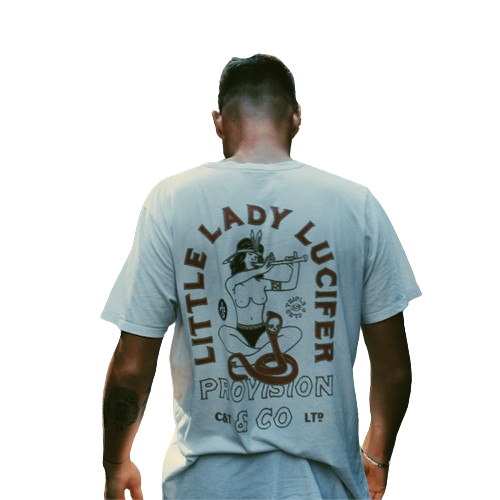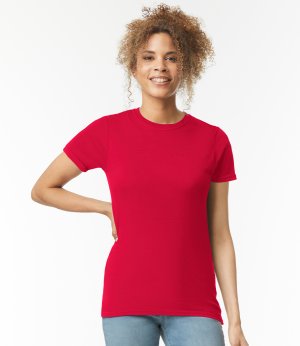The fashion business is always changing, and personalised and custom-made apparel has become increasingly popular in the last several years. Customers’ need for one-of-a-kind, distinctive products that express their individuality and sense of style is driving this shift. The options are unlimited when it comes to custom workwear, custom-embroidered apparel, or custom-printed clothing in the UK.
The clear answer to the question, “Can I sell custom clothing and brand it?” is – yes. But to thrive in this field, one must be well-prepared, have a thorough grasp of the industry, and use branding and marketing strategically. In this elaborate blog, you will get to know all the facets of custom clothes, including the steps required and how to brand your line of custom apparel.
Steps To Sell Custom-made Clothing Successfully


Determine Your Niche
In the crowded fashion market, identifying a niche is essential to being noticed. Take into account the following while determining your niche:
- Target Customer: Who are you marketing to? These could be sports teams in need of customised equipment, young adults interested in custom embroidered clothing UK, or business clients in need of uniforms.
- Product Type: Choose if you want to concentrate on printed T-shirts, hats with embroidery, personalized hoodies, or a combination of items.
- USP: Your brand’s unique selling proposition is what sets it apart. This could include cutting-edge designs, superb craftsmanship, or environmentally responsible materials.
Create Your Own Collection
The core of your bespoke clothing brand is your designs. This is how to begin:
- Market Research: Use consumer preferences, rival product offerings, and trends analysis to guide your design decisions.
- Make Original Designs: If necessary, collaborate with experienced designers to produce eye-catching, memorable designs that appeal to your target market.
- Prototyping: Creating prototypes of your designs will allow you to assess their quality and attractiveness. To make sure your items live up to your standards and those of your customers, this stage is essential.
Select the Appropriate Production Technique
The kind of customisation you provide will determine the production process:
Digital printing is best for intricate, multicoloured graphics and small quantities. It provides high-quality prints and creative design flexibility.
- Screen printing: More affordable for basic patterns and larger runs in custom screen printing UK. Prints produced by screen printing are vivid and long-lasting.
- Embroidery: Excellent for producing sophisticated and polished designs, especially for high-end fashion and business attire.


Locate Trustworthy Manufacturers and Suppliers
Reliability in manufacturers and suppliers is essential to sustaining quality and satisfying demand:
- Investigate Vendors: Look for vendors who offer high-quality supplies, dependable service, and positive ratings. Attend trade exhibits and industry gatherings to meet possible business partners.
Samples should always be requested to make sure a supplier’s goods live up to your expectations before committing.
- Negotiate Terms: To build a mutually advantageous relationship, talk about pricing, minimum order quantities, manufacturing schedules, and payment terms.
Create an Online Store
To effectively manage your sales and attract a large audience, you must have an online store:
- E-commerce Platform: Select an e-commerce platform that fits your goals and budget, such as BigCommerce, WooCommerce, or Shopify.
- Website Design: Make a savvy investment in a well-designed and navigable website. Customers should find it simple to browse and buy things from your website, which should also represent your brand identity.
- Product Listings: Provide thorough, eye-catching product listings that include clear descriptions, pricing details, and excellent photos.
Branding Custom-made Clothing
A memorable tagline or logo is only the beginning of branding; the real goal is to establish an emotional bond with your target audience. Here’s how to create a powerful brand for your line of handmade clothes:
Establish Your Brand’s Core Principles
Your brand values are the tenets that direct your business choices and establish your brand identity. Your target audience should identify with these ideals, which will set you apart from the competition. In the fashion industry, sustainability, quality, innovation, and inclusivity are common brand ideals.
Develop a Distinctive Brand Voice
Your brand voice is how you speak to your audience. It needs to convey your company’s essence and core principles. For instance, if your business caters to youthful, contemporary clients, you might use a lighthearted and informal tone. However, if you’re aiming for corporate clients, you might want to use a more official and professional tone.



Create Symbolic Images
Visual aspects are essential to creating a recognisable and unified brand. This covers your typeface, colour scheme, logo, and general design style. These components must be present in all of your marketing collateral, from your website and social media accounts to your packaging and promotional products.
Conclusion
It is feasible to sell and custom brand clothing that is produced to order, and it can be a very lucrative business. You may establish a profitable bespoke clothing company by researching the market, coming up with original ideas, selecting the best production techniques, and forging a distinctive brand identity. A brand may prosper in the cutthroat fashion sector with smart scaling, great customer service, and marketing.


